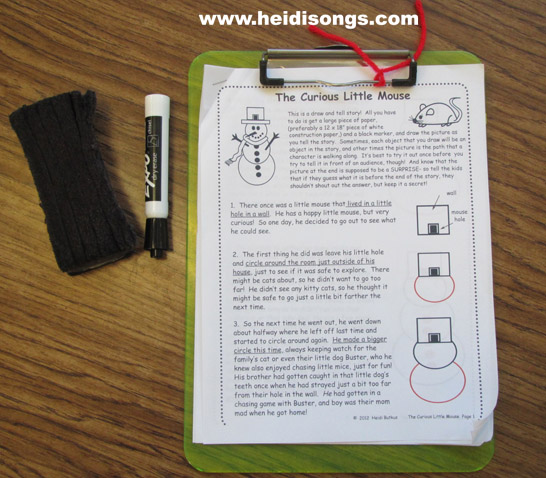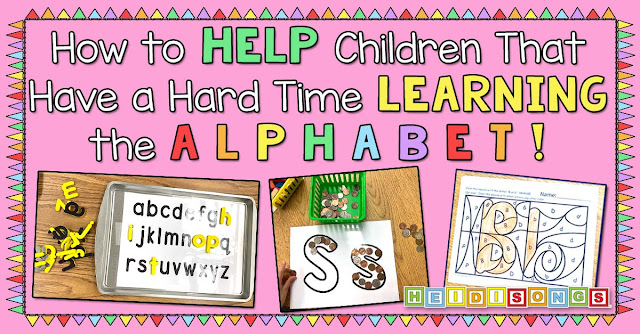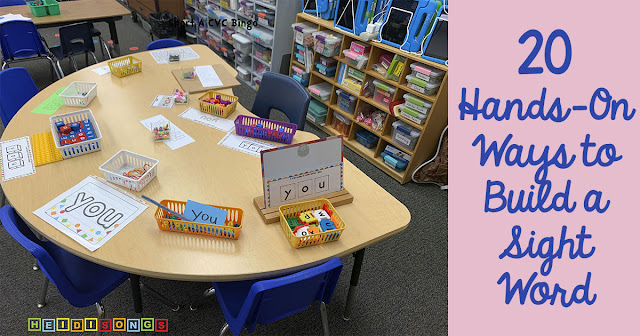A Draw and Tell Story: The Curious Little Mouse

I have been wanting to write a “Draw and Tell” story for quite a while and share it on my blog, but the thing that has been holding me back is the need to break the artwork for the story down into tiny steps and save each one as a separate step. That takes a while! I also wanted this story to be seasonally appropriate, but not holiday oriented so that everyone might be able to use it. I keep hearing from teachers that are unable to use any lesson plans that have a connection to a holiday, etc. My school doesn’t have any such restrictions (at least not so far!) Nobody really seems to care or object if the children make a Santa project or a candy cane. BUT, I do feel bad for those of you that teach in places where that is a no-no. So, with that in mind, I created a story about a mouse and a snowman. Hopefully, nobody has found a reason to object to a mouse or a snowman, other than the fact that they may be a little too cute or a little too much fun. If your administration objects to things that appear to be even a little remotely cute or fun, then when you get to the face on your snowman, draw a straight line instead of a smile, and maybe that will appease the powers that be, ha ha! Then ask a lot of higher level thinking questions at the end of the story. That’s always a good idea anyway, right? If you would like to download this story, click here.

To tell this Draw and Tell story, this is what you need:
1. A large piece of white paper, or a white board easel.
2. A marker.
3. The downloadable story.
4. Some kids to listen. That’s it!
I always start by telling them that my story is going to create a picture, and if they guess what my picture is before the end of the story, they will need to keep it a secret and don’t tell their friends, because they might spoil the surprise for somebody else. We don’t tell everyone what is inside a Christmas present, right? It’s better when it’s a big surprise! Then, each time you tell part of the story, you draw a part of the picture. All you have to do with my story is copy the part of the picture that is printed in red. My story forms a snowman in the end, which is supposed to be a big surprise.
Of course, two minutes into it, one little boy interrupted my story and yelled out, it looks like a snowman! I don’t know how he could have gotten that from two little squares on a white board, but he did! (It's possible he saw my paper on the clipboard.) Luckily, I just shushed him, the class ignored him, and the children of course enjoyed the story anyway, despite the spoiler.
It’s best to practice telling the story once on your own without the kids, just to make sure you know what to do. You’ll also tell it more fluently and draw the pictures a little bit better if you have done it before. But the children won’t care if it looks rather childish. They will LOVE it! I find that children are usually MESMERIZED when I tell a Draw and Tell story!

I have told lots of them in the past; just never one that I have written myself. In fact, there are whole books full of them. One of my favorites is a Book by Richard Thompson, called Draw-And-Tell: Reading - Writing - Listening - Speaking - Viewing - Shaping. You can find used copies on Amazon. You just have to figure out ahead of time how each picture and story goes, because they are a bit more complicated than mine. Happy teaching!
----------------------------------
Follow me! Did you enjoy this post? Do me a favor and share it with your friends! And follow this blog by signing up for my email updates here, or follow on Bloglovin', or follow me on TPT! I'm also on Pinterest, Facebook, Twitter, Instagram, Google+ and YouTube, too! Don't forget to sign up for our email newsletter for special deals and promo codes that you won't find out about anywhere else.







